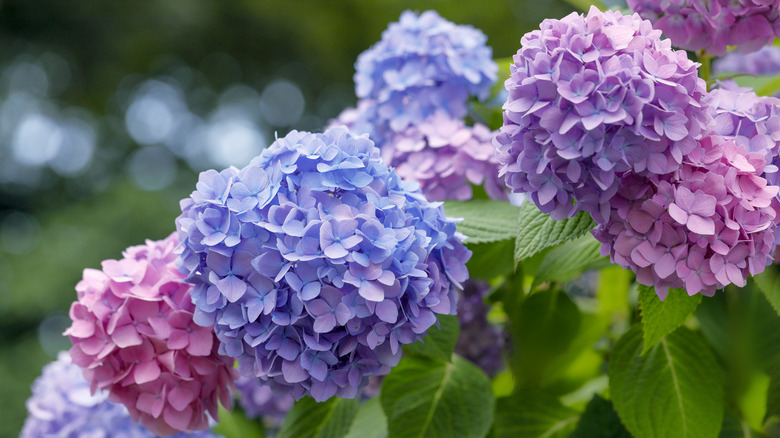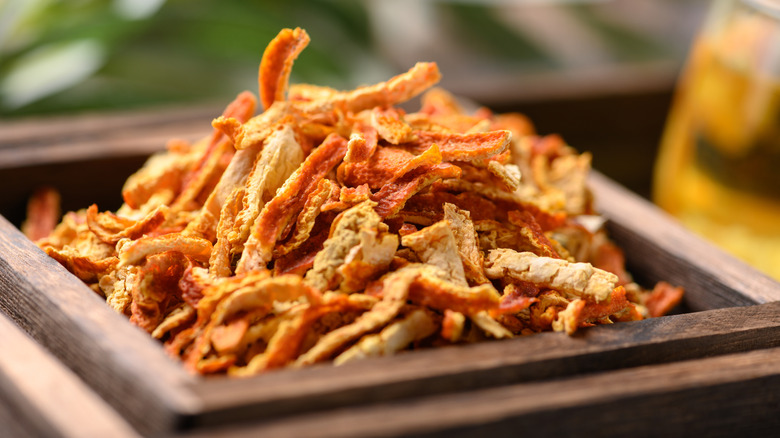Why You Should Place Some Orange Peels Around Your Hydrangeas
Orange peels may seem like ordinary kitchen waste, but they're surprisingly useful in the garden, especially for hydrangeas. These citrus scraps are rich in vital substances that feed the soil, support flower growth, and help enhance bloom color, without relying on artificial fertilizers. As they break down, orange peels release essential nutrients like potassium, nitrogen, magnesium, and calcium, all of which play a vital role in root development and flower formation. Some gardening experts report that hydrangeas can thrive when they are regularly fed with organic matter such as citrus peels, coffee grounds, and eggshells.
But orange peels don't just feed the plant, they help create the ideal soil environment, too. Their natural acidity gradually lowers the pH level of the soil, which makes it easier for hydrangeas to take in nutrients, especially if you're trying to grow blue or purple varieties. Hydrangeas are sensitive to soil pH, and if it's out of range, they may not grow properly. In addition to improving soil health, orange peels may also help ward off ants. The sharp citrus aroma, powered by a compound called d-limonene, is known to disrupt ant trails and discourage them from hanging around your plants.
How to use orange peels around your hydrangeas
If you're ready to give orange peels a try, a few simple steps can help you get the most out of them in your garden. Drying the peels first may help avoid mold, and it also slows the decomposition process, which means nutrients are released over time instead of all at once. To dry orange peels fully, spread them out in a sunny spot for a few days or use a low-temperature oven to speed things up. Either method works; just make sure they're crisp before adding them to the garden.
After drying, you can crush or blend the peels depending on how fine you want the texture. Try adding it to the soil surface near your hydrangeas, then give the area a light watering to help it settle in. You can also mix it slightly into the top layer of soil if you prefer a slower release. The best time to amend your soil with natural fertilizers like citrus peels is in spring or early summer, right as hydrangeas are coming out of dormancy and beginning to grow actively. Adding organic matter during this period supports healthy root development and encourages vibrant blooms.
For the healthiest results, always choose organic oranges. Many conventionally grown varieties are coated in wax or treated with pesticides or insecticides, which can linger on the peel and introduce unwanted chemicals into your garden soil over time. If you don't have hydrangeas, use orange peels as mini planters. Fill each half with soil, plant a seed, and later bury it whole. It will break down and feed the soil.

